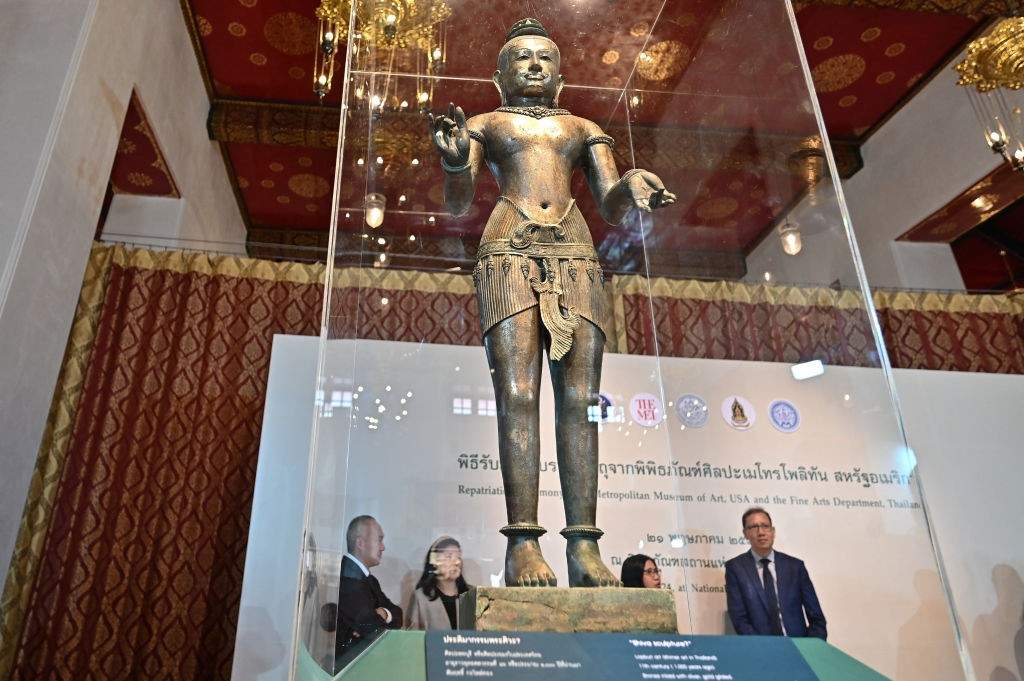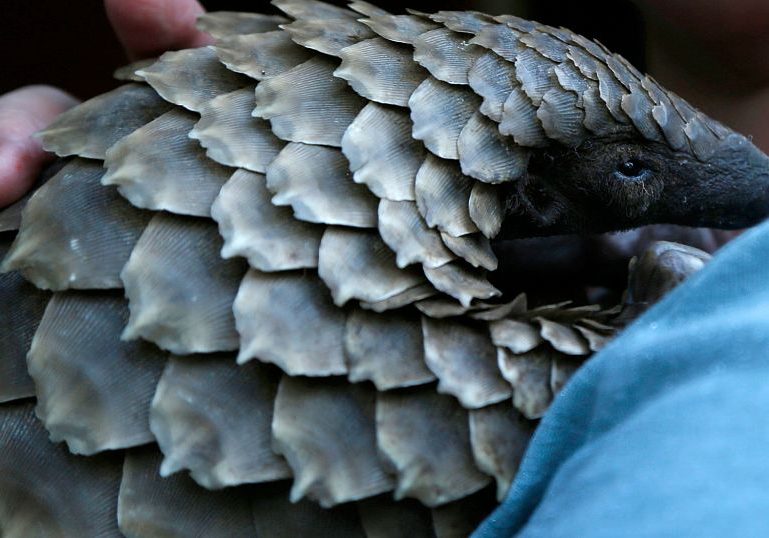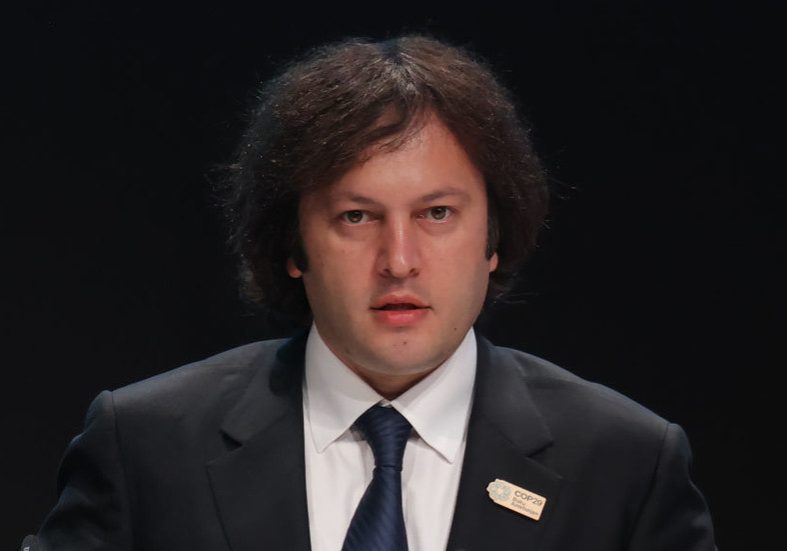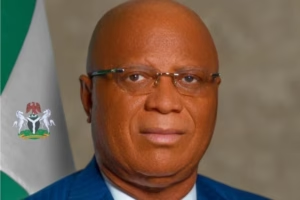Thailand’s National Museum held a welcome-home ceremony on Tuesday for two ancient statues repatriated from New York’s Metropolitan Museum of Art. The artefacts, a tall bronze figure known as the Standing Shiva or Golden Boy and a smaller sculpture called Kneeling Female, are believed to be around 1,000 years old.
These statues were illicitly taken from Thailand by a British antiquities collector. Their return marks the latest instance of U.S. and European museums addressing collections containing looted items from Asia, Africa, and other regions impacted by colonialism and conflict.
The Metropolitan Museum announced last December that it would repatriate over a dozen artefacts to Thailand and Cambodia. These items were linked to the late Douglas Latchford, an art dealer accused of operating a vast antiquities trafficking network in Southeast Asia. Indicted in the U.S. in 2019, Latchford, who passed away the following year, denied any smuggling involvement.
At the ceremony, John Guy, the Met’s curator of Asian and Southeast Asian art, described the statues as “unrivalled masterpieces” and emphasized the significance of their return. He noted that the Met initiated the return after confirming the artefacts’ rightful ownership by Thailand.
“This return followed the launch of the Metropolitan’s Cultural Property Initiative last year, driven by our commitment to responsible antiquities collecting and shared cultural heritage stewardship,” Guy stated in Bangkok.
Thai Culture Minister Sudawan Wangsuphakijkosol expressed gratitude for the repatriation, calling the artefacts national treasures for all Thais.
Last month, the Metropolitan Museum signed a memorandum of understanding with Thailand to collaborate on art exchanges, expertise sharing, and displaying and studying Thai art. The museum has also undertaken measures to address the controversial issue of cultural property acquisition, including a focused review of its collection, hiring provenance researchers, and engaging in public discourse on this topic.









